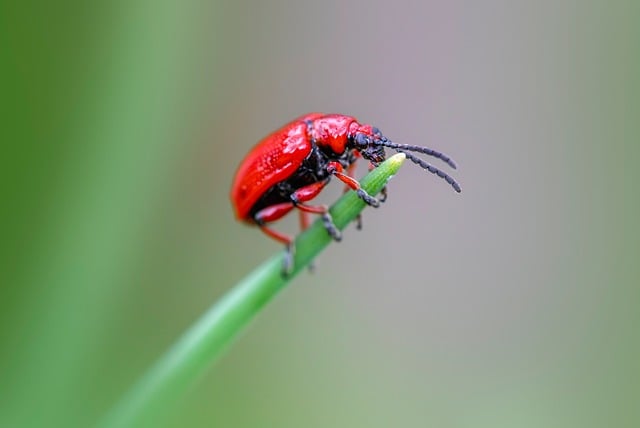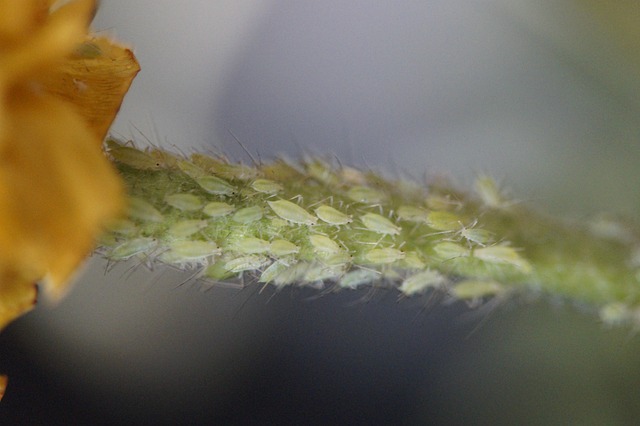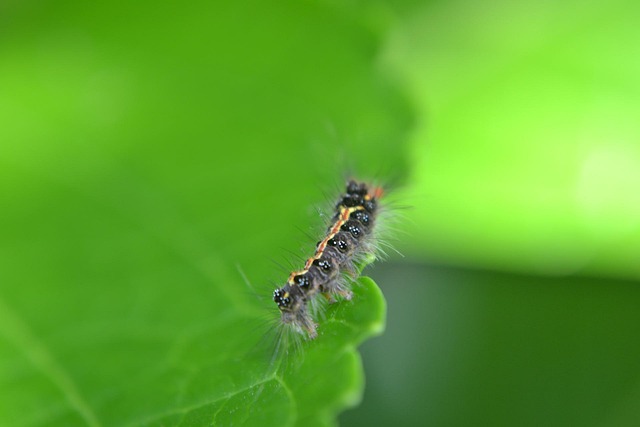In emergency infestation situations impacting cattle pastures in Highlands Ranch, timely identification of specific pests like rodents, insects, or invasive plants is crucial. Integrated Pest Management (IPM) offers a tailored, cost-effective approach using biological, cultural, physical, and chemical controls to minimize pesticide reliance. Early detection and prompt action are vital to prevent infestation spread and reduce long-term economic and environmental impacts. Effective strategies include encouraging beneficial insects, planting native grasses, regular monitoring, organic repellents, proper rotation, controlled grazing, and targeted chemical applications while consulting professionals for optimal product recommendations.
Pest infestations in cattle pastures can quickly turn into emergency situations, impacting livestock health and production. This article offers a comprehensive guide to addressing such challenges. We explore ‘Understanding Emergency Infestation Response for Cattle Pastures’, providing actionable strategies tailored to the unique environment of Highlands Ranch. Additionally, we delve into cost-effective pest control methods and long-term solutions, empowering ranchers with tools to protect their herds and optimize cattle pasture management. Discover how these measures contribute to sustainable and successful livestock operations.
- Understanding Emergency Infestation Response for Cattle Pastures
- Cost-Effective Pest Control Strategies Specific to Highlands Ranch
- Implementing and Maintaining a Long-Term Solution for Effective Pest Management
Understanding Emergency Infestation Response for Cattle Pastures

In emergency infestation situations, timely and effective response is crucial to preserving the health and productivity of cattle pastures in Highlands Ranch. The first step involves identifying the specific pest causing the issue. Common culprits include rodents, insects like grasshoppers or ticks, and invasive plant species. Each requires a tailored approach to mitigate damage quickly. Cost-effective pest control methods for these scenarios involve integrated pest management (IPM), combining biological, cultural, physical, and chemical controls.
Implementing IPM strategies can help farmers reduce reliance on expensive and potentially harmful pesticides. For instance, using natural predators to control insect populations or removing invasive plants manually can be both eco-friendly and budget-friendly. Regular monitoring and early detection are key; addressing infestations promptly prevents their spread and minimizes long-term economic and environmental impacts on the cattle pastures in Highlands Ranch.
Cost-Effective Pest Control Strategies Specific to Highlands Ranch

In Highlands Ranch, cost-effective pest control for cattle pastures involves a strategic combination of natural methods and targeted treatments. One effective approach is to encourage beneficial insects like ladybugs and lacewings, which naturally feed on pests. Creating habitat diversity by planting native grasses and wildflowers can also attract these helpful creatures while providing shelter for wildlife. Additionally, regular monitoring and early detection are key; identifying pest activity promptly allows for more targeted and efficient control measures.
Using organic repellents and baits specifically designed for cattle pastures can be another economical option. These products often utilize natural ingredients like garlic, cloves, or pyrethrum to deter pests without harmful chemicals. Integrating cultural practices, such as proper rotation and controlled grazing, can also significantly reduce pest pressure. Landowners should collaborate with local experts and consider tailored strategies that respect the unique ecosystem of Highlands Ranch while keeping costs down.
Implementing and Maintaining a Long-Term Solution for Effective Pest Management

In Highlands Ranch, implementing a cost-effective pest control strategy for cattle pastures is an ongoing process that requires consistent maintenance. The key to successful long-term pest management lies in identifying and addressing the specific pests affecting your pasture, along with their habitats and behaviors. Regular inspections are crucial to early detection of any infestations, enabling prompt action. By understanding the lifecycle of target pests, you can develop a tailored strategy that disrupts their breeding patterns and feeding habits without causing harm to cattle or the environment.
A sustainable, cost-effective approach may involve combining biological control methods (such as introducing natural predators), structural modifications (e.g., improving pasture drainage to reduce moisture, which pests require for survival) and targeted chemical applications. It’s important to consult with a professional who can assess your unique situation, recommend appropriate products, and ensure their proper application. Regular follow-ups are essential to monitor the effectiveness of the chosen methods and make adjustments as needed, guaranteeing a healthier, more productive pasture ecosystem over time.
In addressing pest control emergencies, especially in cattle pastures across Highlands Ranch, understanding tailored strategies is key. This article has explored effective solutions, from immediate response plans to long-term, sustainable management. By implementing cost-effective measures, such as natural deterrents and strategic land management, ranchers can achieve robust pest control, ensuring healthier cattle and thriving pastures. These practices form a comprehensive approach to mitigating pest issues, ultimately enhancing the overall productivity and ecological balance of cattle operations in Highlands Ranch.
